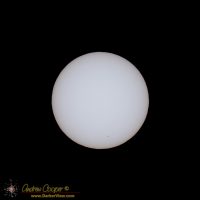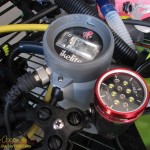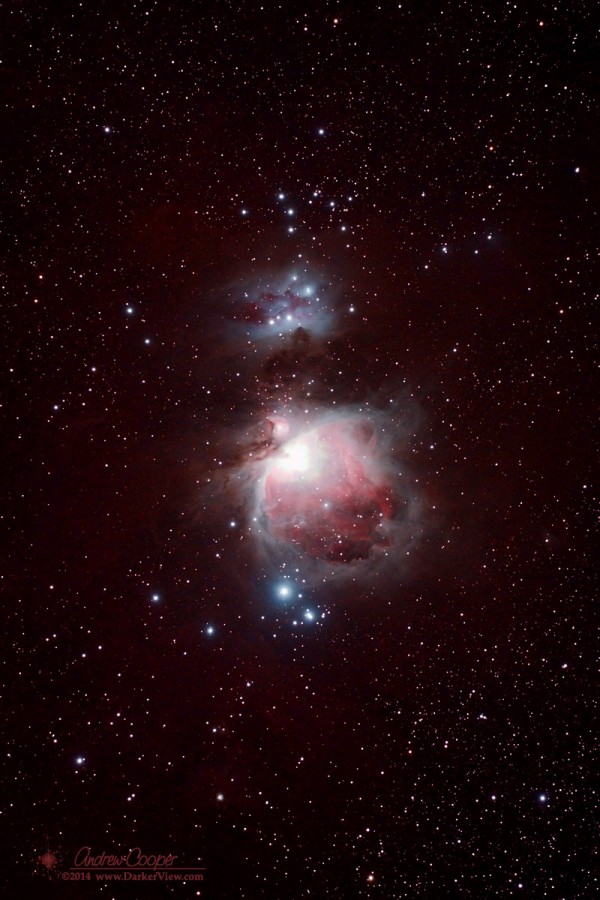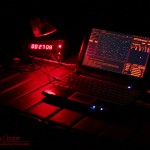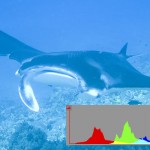Wandering the sky using a telescope and a field guide published in 1844, the better part of two centuries ago, is… uhhm… interesting. In mid-April the classic winter constellations are dissapearing into the sunset, with constellations like Monocerus and Puppis well placed for observing from my driveway just after dark. On my observing table is a reprint of that 1844 field guide, The Bedford Cycle.
Working through the entries I come to the entry for a double star Argo Navis 72 P. VIII, a designation from a very old catalog. It takes a few moments research to convert 72 P. VIII to the slightly more modern catalog number HD 71176. Modern? The Henry Draper Catalog was first published by Harvard Observatory in 1918, still over a century ago.
With the HD number I can look up the position on a modern chart and spend a few moments star-hopping the Astrola to the correct star. This double star is now located in the constellation Puppis after the ancient and absurdly large constellation Argo Navis was broken up into Puppis, Vela, and Carina.
Continue reading “Of Green Stars…”

